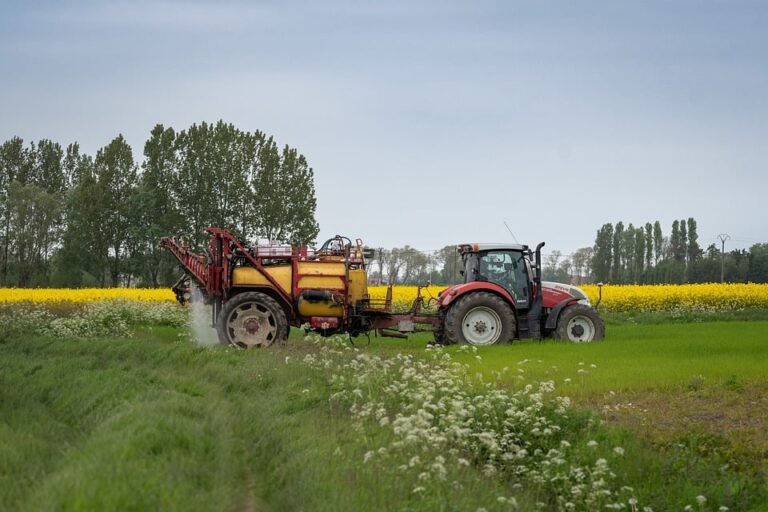The Challenges of Managing Forest Edge Settlements
Forest edge settlements are human settlements located on the fringes of forests or woodlands. These settlements are typically characterized by a close proximity to the natural environment and have unique challenges that need to be addressed in order to ensure sustainable development and conservation of the surrounding forests. Managing forest edge settlements requires a careful balance between meeting the needs of the human population and protecting the natural environment. In this article, we will explore some of the key challenges faced in managing forest edge settlements and discuss potential solutions.
Environmental Impact
One of the primary challenges of managing forest edge settlements is the environmental impact on the surrounding forest ecosystem. As human settlements expand into forested areas, there is a risk of habitat destruction, fragmentation, and degradation. Deforestation, soil erosion, and pollution are common issues that can arise from forest edge settlements. These activities can lead to a loss of biodiversity, disruption of ecological processes, and increased vulnerability to natural disasters.
To address these challenges, it is important to implement sustainable land use practices in forest edge settlements. This may include zoning regulations, land-use planning, and conservation initiatives to protect the natural environment. Encouraging reforestation, implementing sustainable agriculture practices, and promoting eco-friendly infrastructure development can help mitigate the environmental impact of forest edge settlements.
Social and Economic Issues
Forest edge settlements are often characterized by a rural or semi-rural population with limited access to basic services and economic opportunities. Poverty, lack of education, and limited healthcare services are common social issues that can affect the well-being of residents in these settlements. Economic activities such as agriculture, forestry, and tourism may also be vulnerable to environmental degradation and climate change, further exacerbating social and economic challenges.
To address these issues, it is important to provide access to basic services such as clean water, sanitation, healthcare, and education in forest edge settlements. Promoting community-based development initiatives, supporting small-scale enterprises, and enhancing livelihood opportunities can help improve the social and economic well-being of residents. In addition, promoting sustainable tourism and eco-friendly practices can create opportunities for economic growth while conserving the natural environment.
Conflict between Humans and Wildlife
Another challenge of managing forest edge settlements is the conflict between humans and wildlife. As human settlements expand into forested areas, there is an increased risk of human-wildlife interactions, which can lead to conflicts such as crop raiding, property damage, and human injuries. In some cases, wildlife populations may be threatened by habitat loss, poaching, and other human activities.
To mitigate conflicts between humans and wildlife, it is important to implement measures such as wildlife corridors, fencing, and community-based conservation initiatives. Educating residents about the importance of coexisting with wildlife, promoting sustainable agriculture practices, and implementing wildlife-friendly infrastructure can help reduce conflicts and protect wildlife populations. Collaborating with local communities, conservation organizations, and government agencies can also help address these challenges in forest edge settlements.
Climate Change Impacts
Climate change is a global challenge that can have a significant impact on forest edge settlements. Rising temperatures, changing precipitation patterns, and extreme weather events can affect agriculture, water resources, and natural ecosystems in these areas. Climate change can also exacerbate existing challenges such as habitat loss, soil erosion, and biodiversity loss.
To address the impacts of climate change in forest edge settlements, it is important to implement adaptive strategies such as climate-resilient agriculture, water conservation measures, and reforestation initiatives. Promoting renewable energy sources, reducing carbon emissions, and enhancing community resilience can help mitigate the effects of climate change on both human populations and the natural environment. Collaboration between stakeholders, research institutions, and government agencies is essential to develop and implement effective climate change adaptation strategies in forest edge settlements.
In conclusion, managing forest edge settlements presents a unique set of challenges that require a holistic and integrated approach. By addressing environmental, social, economic, and climate change issues, it is possible to promote sustainable development and conservation in these areas. Collaboration between stakeholders, community involvement, and innovative solutions are key factors in managing forest edge settlements and ensuring the well-being of both humans and the natural environment.





